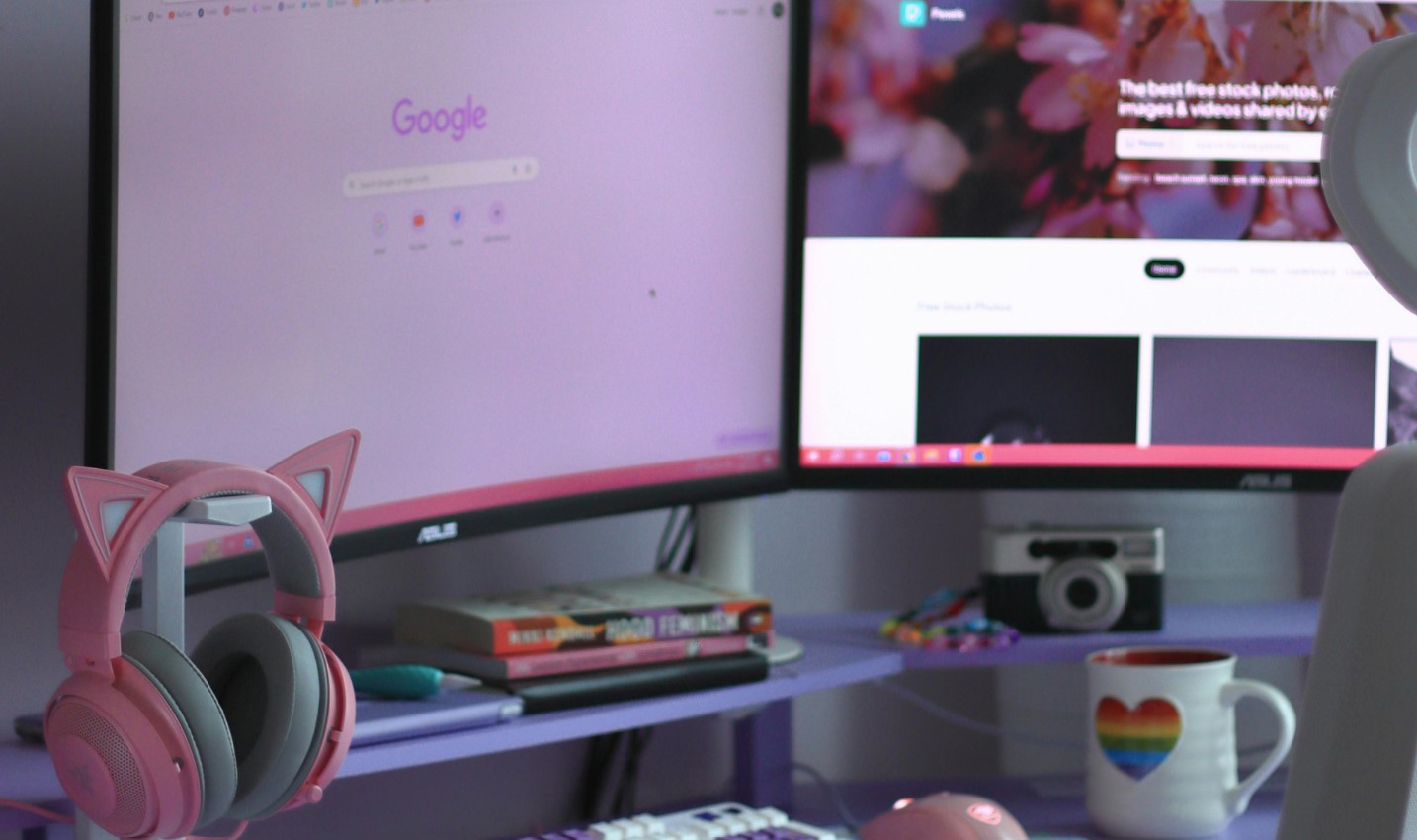India’s PC market grew six per cent year on year in the second quarter of 2025, reaching 3.6 million units, according to industry analysts Canalys.
Notebook shipments drove the expansion, rising eight per cent to 2.7 million units, fuelled by strong enterprise demand and the increasing adoption of AI-ready devices.
Desktop shipments were broadly stable, edging up one per cent to 861,000 units.
In contrast, India’s tablet market saw a sharp decline, dropping 27 per cent to 1.2 million units due to weaker government procurement.
For the full year 2025, India’s PC market is forecast to grow seven per cent to 15.1 million units, while tablet shipments are expected to contract 13 per cent to 5.2 million units.
Growth in 2026 is projected to hold steady for PCs, supported by continued refresh demand and expanding AI adoption.
India’s tablet market is predicted to return to growth with a 15 per cent increase in 2026, boosted by government-funded education tenders.
“Enterprise-led demand remained the backbone of India’s notebook growth in Q2 2025,” said Ashweej Aithal, Senior Analyst at Canalys.
“AI-capable notebook shipments nearly tripled year on year as organizations moved quickly to adopt AI-ready infrastructure for productivity, automation and futureproofing,” he said.
Device refreshes tied to the Windows 11 transition also played a critical role, with enterprise PC shipments rising more than 11 per cent during the quarter.
Workstation demand surged, leading to a 41 per cent increase in shipments, reflecting growing needs for high-performance devices in engineering, design and content creation.
“For consumers, growth was powered by stronger retail momentum and rising digital adoption,” added Aithal.
“Aggressive campaigns by vendors, especially around Republic Day and quarter-end promotions, combined with robust ecommerce traction, provided a meaningful lift to consumer notebook shipments, which grew by 12 per cent year on year,” he said.
India’s tablet market faced a steep 27 per cent contraction year on year in Q2 2025, with shipments falling to 1.2 million units.
Commercial shipments were hit hardest, plunging 64 per cent as government and education orders slowed following strong procurement in 2024.
In contrast, the consumer segment grew 35 per cent, supported by online promotions, affordable models and demand for entertainment and home learning.
Despite this, the tablet market continues to face pressure from entry-level saturation and competition from budget notebooks and large-screen smartphones, leaving premium and education-focused tablets as the only strong performers.
“For the remainder of 2025, consumer demand for notebooks will be healthy, supported by competitive pricing, a preference for mobile form factors and government preference for locally made devices,” said Aithal.
“Desktops will remain relatively niche, with growth focused in the gaming and high-performance segments,” he said.
“This momentum is expected to be carried into 2026, as PC penetration gains traction in smaller cities and from multi-device ownership,” he added.
“On the commercial side, AI-capable PCs and Windows 11 refresh cycles will dominate procurement, while education tenders like Tamil Nadu’s Elcot project signal a return of large-scale deployments,” he said.
“These schemes may stretch into 2026, creating a spillover effect alongside strong enterprise refresh cycles,” he added.
Tablets will remain under pressure through 2025, but the Uttar Pradesh education scheme, expected to launch by year-end, may help revive shipment volumes.
Local manufacturing preferences are also expected to provide some support.
By 2026, the outlook for the tablet market will depend on how education demand scales and whether vendors can successfully reposition tablets beyond secondary use.
The Indian PC market is entering a crucial phase, with AI adoption, education tenders and local manufacturing poised to shape growth in the coming years.
“2025 is laying the foundation, but 2026 will test its sustainability and set the stage for what could become the next long-term growth cycle in a key market for the PC industry,” concluded Aithal.







Click here to change your cookie preferences